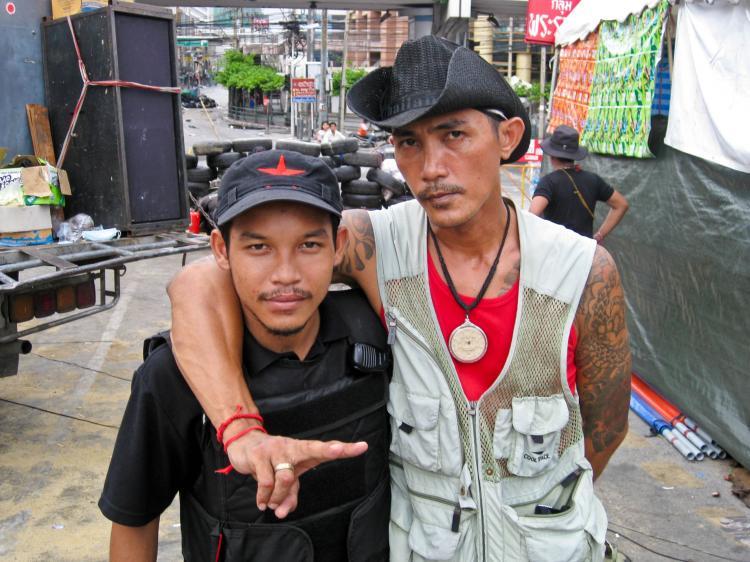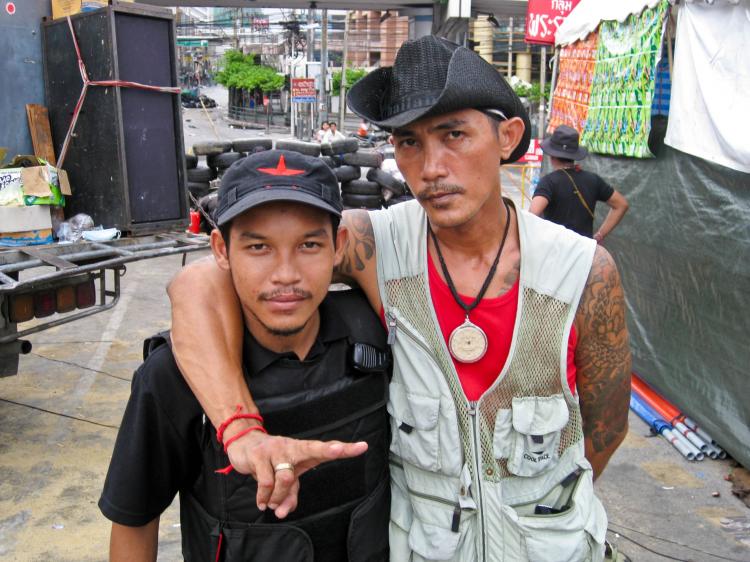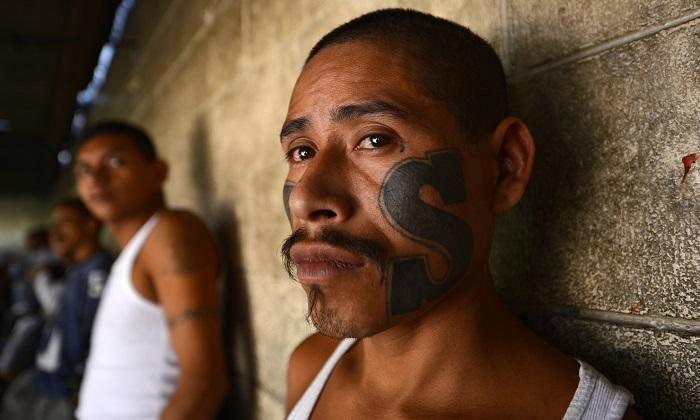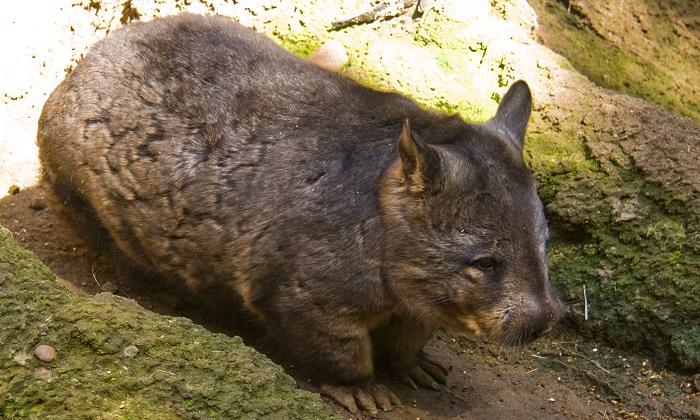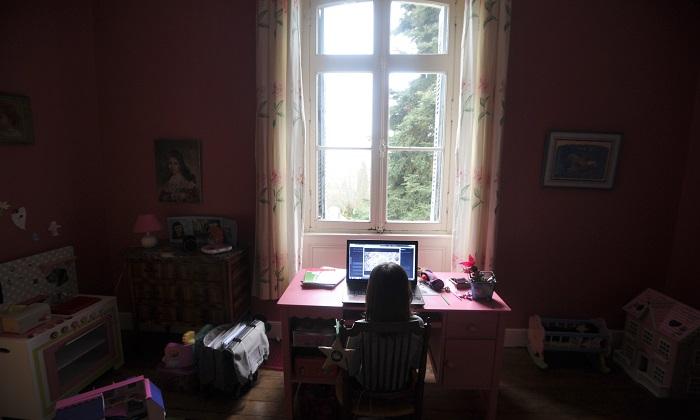Thailand’s Red Shirt Crisis ‘Will End In Tears’
Most businesses were shut along a long stretch of central Bangkok’s Sukhumvit road on Sunday.
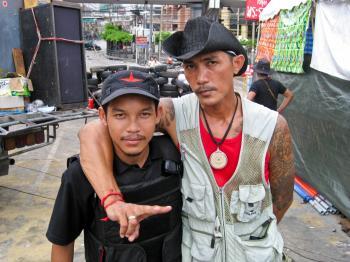
Anti-government protesters behind the camp's barricades, which is situated in one of Bangkok's ritziest shopping districts. The Epoch Times
|Updated:
